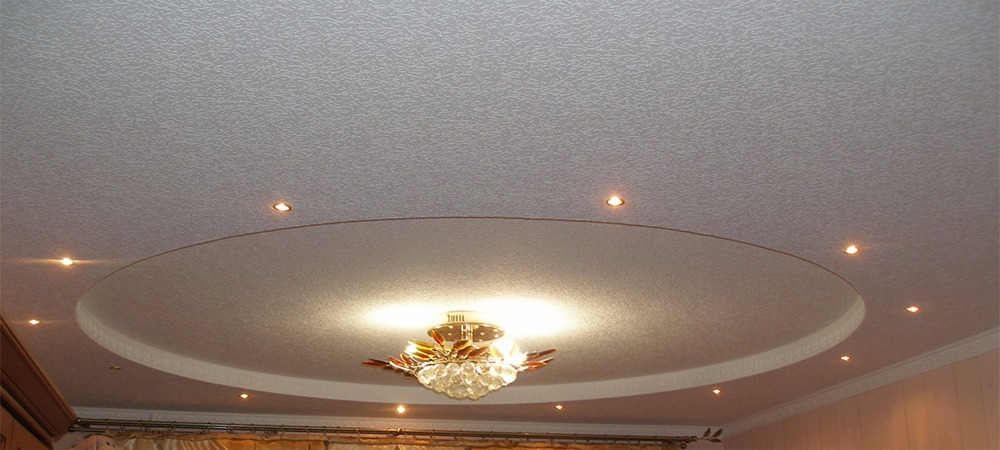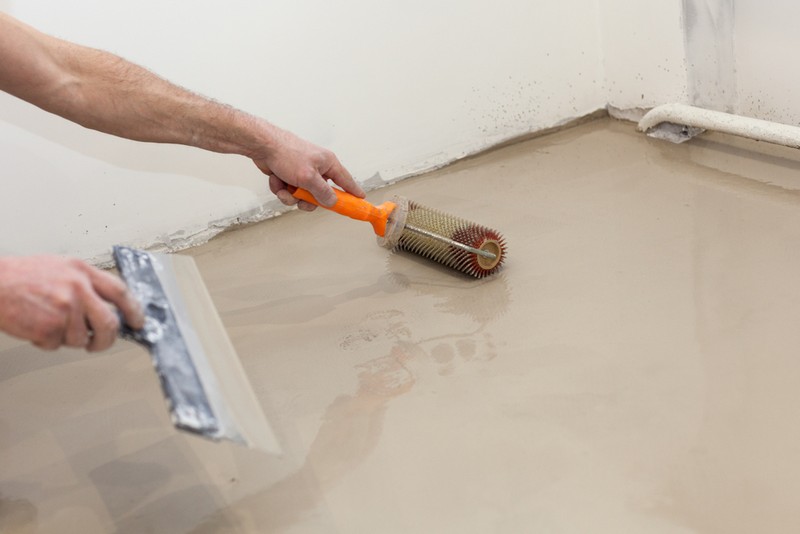STONE WALLS
 The materials used for the construction of stone walls are bricks, blocks of cellular or autoclaved concrete or ceramic stones. They are stacked in horizontal rows on a lime or cement-sand mortar with mutual ligation of the resulting vertical seams. Due to such a structure, increased strength and durability of the constructed structure is provided.
The materials used for the construction of stone walls are bricks, blocks of cellular or autoclaved concrete or ceramic stones. They are stacked in horizontal rows on a lime or cement-sand mortar with mutual ligation of the resulting vertical seams. Due to such a structure, increased strength and durability of the constructed structure is provided.
Brick wall
Advantages of bricks and stones
The most stable walls are made of ordinary brick or stone. Stone houses are able to serve more than one generation of owners, so their construction is now quite a sought-after service. The advantages of such buildings also include fire resistance, good sound insulation, however. The lack of such materials is that they warm up slowly, but at the same time they keep the accumulated heat for a long time.
Hollow and light concrete stones are notable for their excellent thermal insulation characteristics. Usually they are used for the construction of partitions and various structures inside buildings, in rooms with moderate heat and humidity conditions. Silicate brick has a higher thermal conductivity, so it is often used for the construction of external walls.
The process of building a wall of bricks
Reinforced concrete slabs can be additionally installed in brick houses. The high level of heat capacity allows you to maintain a pleasant coolness in the summer and retain heat in the winter. The small size of the material makes it possible to construct walls of any configuration with various decorative elements.
Material characteristics
The compressive strength of bricks is characterized by their brand. The higher it is, the stronger and more stable the erected structure will be. In addition, the quality of the laying is affected by the formulation of the applied solution. An important parameter of this material is voidness. For this indicator, emit efficient and full-bodied bricks.
When using brick masonry, it is necessary to additionally insulate the walls of the constructed building, which will contribute to an increase in the level of heat-protective properties. To reduce material consumption and reduce the load on the foundation of the building, warm plastering and masonry mortars can be used with which the seams are processed.
Erection of a brick wall
Lightweight concrete
A worthy alternative to brick is lightweight concrete. This category includes:
Shlakobeton – made by combining metallurgical or fuel slag with a binder.
Aerated concrete (gas silicate) – consists of cement, silica sand, lime, water and aluminum powder, mixed in certain proportions.
Foam concrete (non-autoclaved cellular concrete) – it includes additional dyes, plasticizers, hardening accelerators and reinforcing agents. Synthetic and natural foaming agents are used for foaming. The advantages of this material are low shrinkage coefficient, low water absorption, high fire safety and resistance to variable thawing and freezing.



